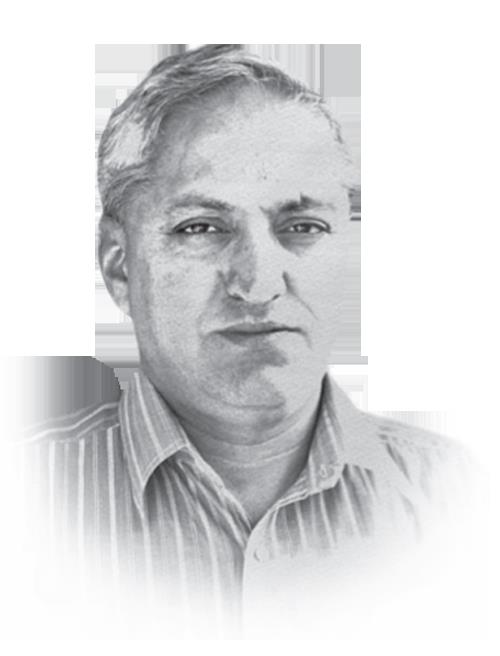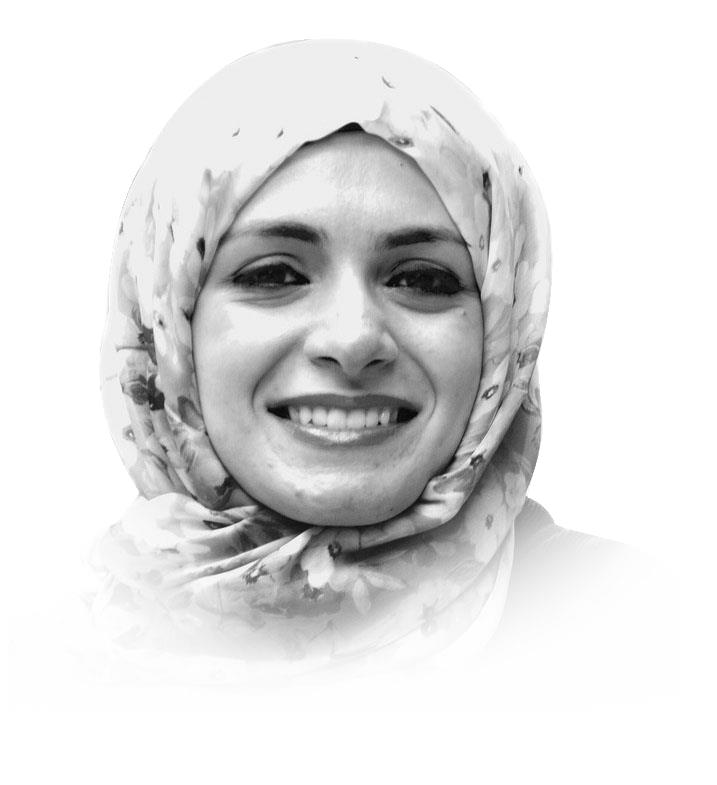
July was the hottest month ever recorded, globally, and the media has been full of stories from around the planet about how people, animals and nature are suffering through yet another record breaking hot summer with relentless, ever-longer and more intense heat waves.
Studying the short and long-term effects of these unprecedented conditions is still a work in progress as most research is still in the early stages, but already some patterns are emerging.
One of the aspects that needs to be studied as a matter of priority, and in as much depth and breadth as possible, is the effects of prolonged exposure to extreme heat on the young, especially children below the age of 18. Such heat is believed to have a severe impact on development but the full scale of the damage caused by severe climatic conditions might not be fully understood, or even known, for decades because some of the effects are likely to manifest themselves much later in adult life.
A few studies have already flagged concerns about the severe effects of heat waves on young people. One of them, the results of which were published last week by UNICEF, found that 76 percent of people under the age of 18 in South Asia, which amounts to about 460 million children, are exposed to extremely high temperatures for lengthy spells, with at least 83 days of temperatures above 35 degrees Celsius recorded each year.
Because South Asia is one of the hot spots in terms of the effects of global warming, the proportion of children vulnerable to extreme heat there is significantly higher than the global average of 32 percent, based on data collated in 2020.
Another region in which children face greater exposure to high temperatures for prolonged periods is, of course, the Middle East and North Africa.
One study predicted that increasingly intense heat waves will affect more than 100 million people by 2060, and by the year 2100 about half of the MENA population — including 205 million children under the age of 17 years, and 108 million adolescents between the ages of 15 and 24 — will face a very real risk of annual exposure.
Not only that, but the number of days of intolerable heat each year is projected to increase, especially in areas where population density is already high and where most of the population growth in the MENA region is predicted, including coastal areas and major and expanding urban locations including Amman, Aden and Baghdad, along with cities in southern Iran and Iraq, Saudi Arabia and Algeria.
But it is not only in the poorest and most densely populated areas, such as parts of South Asia or MENA, that children face the greatest risks of extreme heat. Even the most advanced and wealthy nations in North America and Europe are not safe.
Greater use of cooling devices such as air conditioners in schools offers some respite from the heat and helps to reduce the effect on learning.
Ranvir S. Nayar
Whether in rich or poor countries, children are set to suffer the consequences of the actions of their parents and grandparents. Studies suggest that these increasingly intense heat waves will take a huge toll on children’s health, as well as their growth and physiological, psychological, mental and emotional development.
According to the US Centers for Disease Control and Prevention, the more heat waves children are exposed to, the greater the chance they will experience health problems, including chronic respiratory conditions, asthma and cardiovascular diseases, especially as the increasing frequency and intensity of dust storms in hot areas put children at higher risk of exposure to microparticles and acute respiratory tract infections. It also has an effect on their education and their future careers, the CDC added.
Children can even be affected before birth, because prenatal exposure to dust events can lower birth weights, reduce gestational time, and increase infant mortality.
The challenges children face as a result of intense heat seem likely to persist for decades, until something concrete is done to deal with carbon emissions globally, especially in the rich nations that continue to emit several times more carbon per capita than even the most polluting developing nations.
But there are plenty of ways to reduce at least some of the risks in the meantime. For example, greater use of cooling devices such as air conditioners in schools offers some respite from the heat and helps to reduce the effect on learning. Initiatives that protect children from lengthy exposure to sun or dust in open areas can also help. These are relatively easy fixes and can be implemented at a hyperlocal level.
But if we are to address the overwhelming number of serious effects, only coordinated global action by all countries and large businesses will help. For now, such action remains anything but coordinated, even at regional level let alone globally.
Moreover, a significant amount of money is needed, whether to fund short-term measures that can alleviate the immediate effects of heat waves or the long-term action needed to slow or reverse global warming.
Whether we are providing more air conditioners, building additional healthcare centers, encouraging better nutrition, or ensuring access to clean and safe drinking water, all of these projects and many more require a whole lot of money, which is clearly something poorer countries do not have.
Yet despite years of promises and renewed pledges, wealthy countries are still clearly unwilling to live up to their long-standing commitments to provide upward of $100 billion annually to reduce the effects of climate change on poorer countries.
Moreover, rich countries have also been less than generous in sharing the technology that can help developing nations cut their own emissions and so play a part, however small, in reversing global warming.
The government departments and nongovernmental organizations that work with children also need to carry out more long-term studies on the effects of heat waves on children, and develop solutions to minimize the risks future generations face.
• Ranvir S. Nayar is managing editor of Media India Group.
Disclaimer: Views expressed by writers in this section are their own and do not necessarily reflect Arab News" point of view












